Render Unto Caesar
The only thing ‘holy’ in Israel are the stories, they are full of holes. Part 5
“Religion is regarded by the common people as true, by the wise as false, and by the rulers as useful.” – Lucius Annaeus Seneca.
The history of the Middle Ages evolved directly from that of the Roman Empire, and this history was revised to mask the true origins of Christianity. In the reign of Augustus (27 BC to 14 AD) there took place an important transformation of the numerous religious cults scattered throughout the vast empire:
“The most important transformation of the old religions is what might be called the foundation of an official state religion in the reign of Augustus. This transformation of the local worship in the several provinces was accomplished with great discretion and it was of extraordinary importance because it gave stability to the empire by adding a religious sanction to the order established by conquest.”1
This official Roman state religion, enforced by the laws of the empire, accepted by the priesthood and practised by the people was known as the worship of Augustus Caesar. According to historian Alexander del Mar, the worship of Augustus has been intentionally marginalised, and was much more widespread and significant than experts admit.
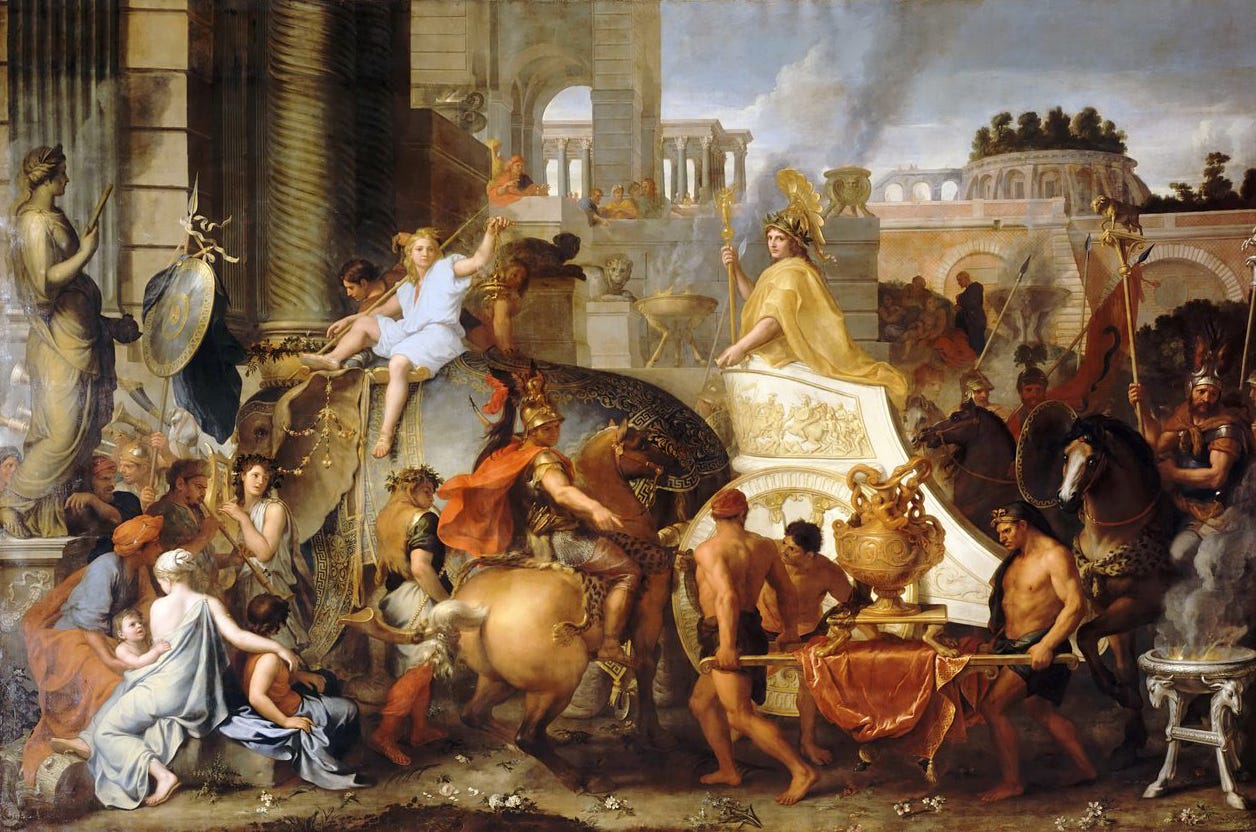
The Son of God.
“The whole world has been fooled by three impostors, Jesus Christ, Moses, and Muhammad.” – Frederick II, Holy Roman Emperor.
This work is not intended to trace the theological origins and development of Christianity, which was influenced no doubt by pre-existing ideas; ideas which some suggest originated in India, then flowed westward into Persia, Babylonia, Egypt, Greece and Rome.
Del Mar and numerous scholars assert that the divine incarnation myth and messianic theory, essential to Christianity, was most likely of Indian extraction. Long before Christianity, some features of this mythology were adopted by western rulers to add weight to the divine legitimacy of their claims.
Del Mar found that ancient emblems and coins afforded proof that the claim of heavenly origin was practiced amongst the Greeks. Philip of Macedon and his son Alexander, both assumed a state of divinity. Legend holds that Alexander began to refer to Zeus Ammon as his true father, and the Erythraean Sibyl prophetess had also confirmed his divine paternity as the son of Zeus.2 This practice was continued by Alexander’s generals, who seized the various provinces of his empire after his death.
Upon mounting the throne of Egypt, Ptolemy assumed the surname of Soter, or Saviour. In B.C. 311, Seleucus, another of Alexander’s generals, entered Babylon and established the Seleucid empire. In a temple which he erected to Jupiter Ammon at Antioch, he was solemnly recognised as the Son of God (Apollo).3
This custom was afterwards adopted by the Romans. The Romans applied eastern mythology along with the Indian messianic theory for the manufacture of the worship of Augustus Caesar. Roman Poets, historians and astrologers were employed to create legends, manufacture rituals, and alter calendars to give validity to his divinity.
“These tokens identified him [Augustus] with all the Messiahs who descended from the Indian incarnation mythos and who consequently were due to appear on earth according to our present chronology in the year B.C. 6, which was the year of les Chrishna, Salivahana, Ptolemy IX, Woden, Hesus and numerous other Sons of God, whether impersonated by living men or not.”4
According to del Mar, not only were such divine claims not original, but they were often manufactured years after the era assigned to the real or imaginary personage:
“In the author’s work on ‘The Messiah’ he has fixed the eras of more than two hundred so-called incarnations of the Deity, of which about one-half were assumptions of divine origin on the part of real historical personages, while the remainder were mythical incarnations of ideal personages; the latter being of course always the inventions of ages long subsequent to the eras assigned to them, and therefore anachronical [out of chronological order].”5
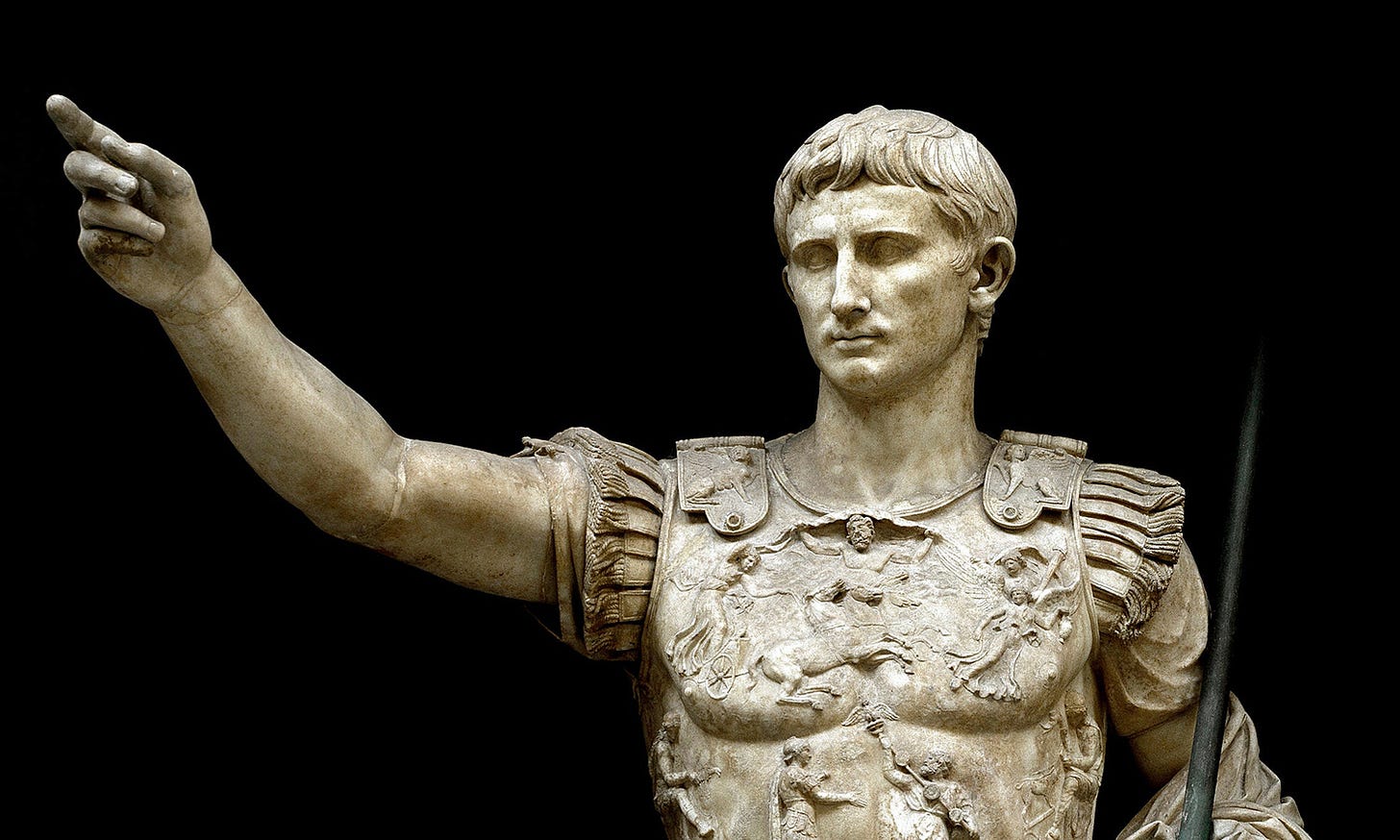
The Messiah.
“Render therefore unto Caesar the things which be Caesar’s, and unto God the things which be God’s.”6
Octavius or Octavian was the birth name of the first Roman Emperor, who was commonly known as Augustus. He was the grand-nephew and adopted son of Julius Caesar, and frequently used the title Divi Filius, the Latin phrase meaning “son of a god”.7
“The corner-stone of the Empire was the worship of Octavius Caesar as the Son of God, Divus Filius. Augustus was worshipped not as a hero or demi-god, but as a Messiah, an incarnation of the Deity, born of the Heavenly Father and an earthly mother; sent on earth in a miraculous manner, at a sacred period, and in pursuance of a heavenly design; which was to bring peace on earth, heal the wounds and inequities of the past, restore the Golden Age to Latium and fulfil the prophecies of the Cumaean Sibyl.”8
Resemblance to the Jewish messiah, Jesus Christ, has been minimised or ignored by Christians and scholars alike. This state sanctioned worship extended over the far reaches of the empire, and this ‘Son of God’ was recognised throughout the Roman provinces by various names:
“The worship of a personage who was believed to be supernatural, omniscient, all-powerful and beneficent, the reincarnation of Quirinus, the Son of the god Apollo and of the wife-virgin Maia; the god whose coming was foretold by the Cumaean Sibyl; whose sway was to extend over the whole earth; whose Conception and Birth were both miraculous; and whose Advent was to usher in the Golden Age of Peace and Plenty and to banish Sin forever. Such was his character in Rome. In Greece he was worshipped as Dionysos; in Egypt as Thurinus; in Iberia and Gaul as Æsar, or Hesus; and in Germany as Baldir.”9
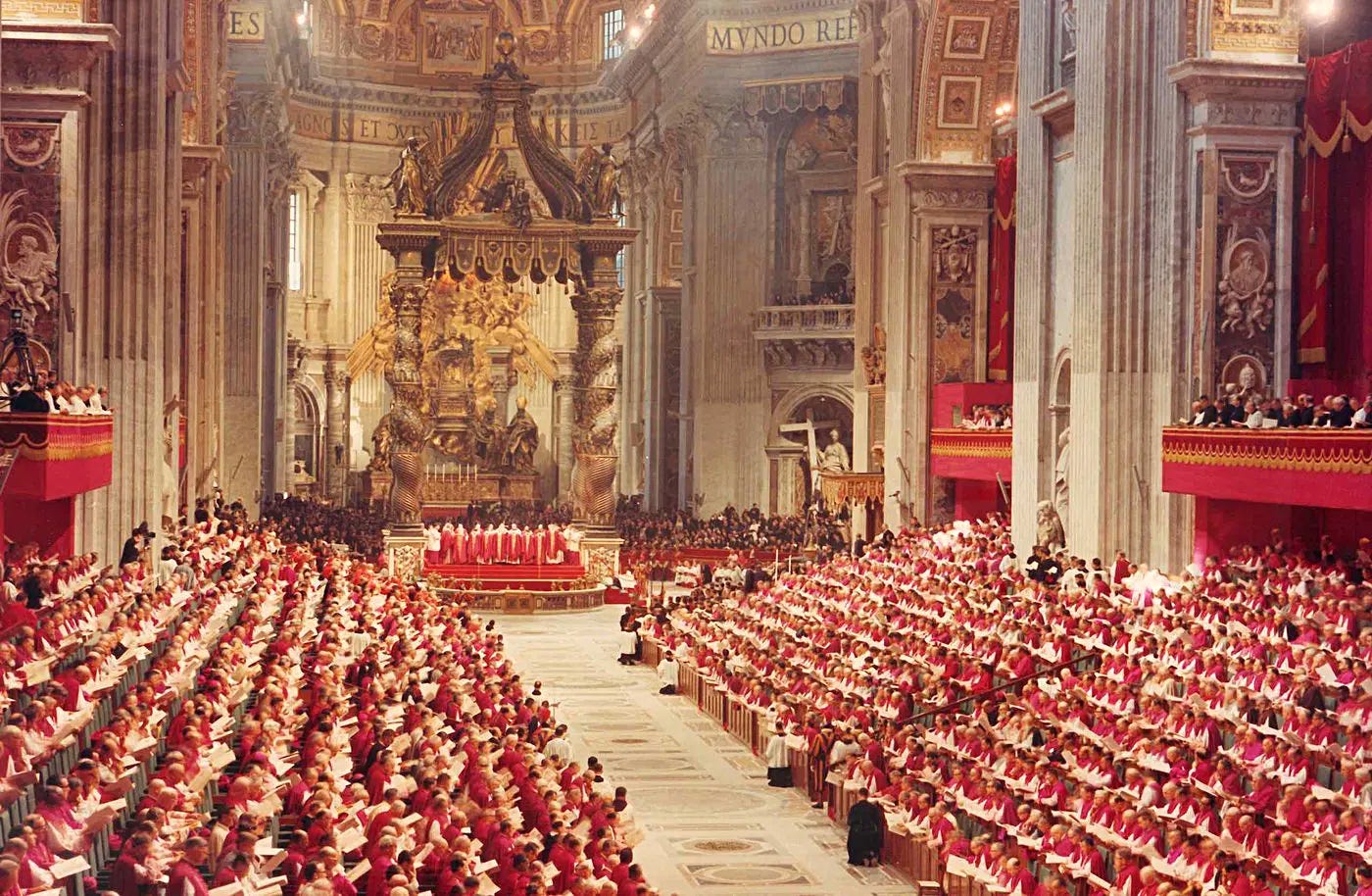
All Roads Lead to Rome.
“Whoever controls the language; the images; controls the world.” – Allen Ginsburg.
Del Mar provides the backdrop for Caesar’s ascension to divinity:
“When the tremendous commotion caused by the assassination of Julius Caesar had spent itself in civil wars and in the firm establishment of the Messianic religion and ritual, when Actium was won, and Egypt and Asia were reconquered, Augustus ascended the throne of his martyred Sire and was in turn anointed, addressed and worshipped as the Son of God; whilst Julius was tacitly worshipped as the Father.
Most of the ancient books were now destroyed; the writers of the old school were executed or banished; the republican calendar was altered; and a conclave of historians and mythological poets was encouraged and rewarded, who re-wrote the history of Rome and erected for posterity a body of elegant fiction and imposture, which nineteen centuries of time have not yet sufficed to wholly overthrow or eradicate.”10
Through the superior organisation and efficiency of the Roman institutions, and supported by its vast financial resources, Rome monopolised the arts of reading and writing. The numerous forces assembled in its employment then set about altering the facts, and broadcasting a false version of events.
“We must assume that the introduction of this Caesar worship was no difficult matter because the idea of a god-man, of a hero, of a saviour, was common among all the pre-Christian nations... To replace the language was even less difficult probably through the fact that the ancient Celtic dialects belonged to a family next in kin to Latin, and so the change was in some degree the establishment of a literary dialect over those which had not yet been fixed in writing. Briefly stated, Roman power and civilization were organized while the languages as well as the religious cults of the provinces were not organized and so it was easy for Roman institutions to replace those of native origin.”11
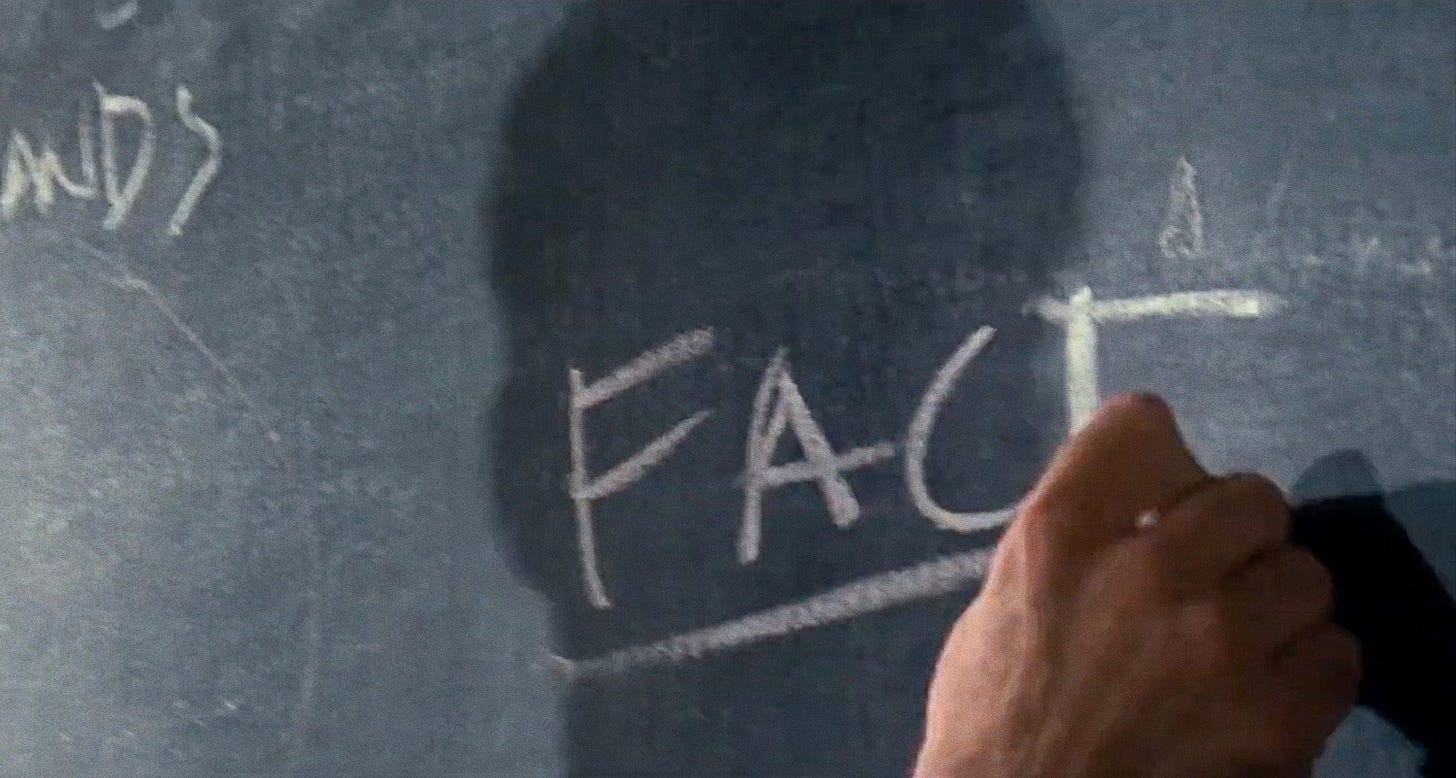
A Matter of Fact.
When one considers the aforementioned facts in conjunction with the thesis forwarded by Edwin Johnson, we can begin to piece together the fractured remains of our past. Rome would later use the worship of Augustus Caesar as the template for Christianity, and employ similar methods in its construction.
“The whole system of Church ideas originated in the Middle Ages, at an epoch when every effort was being made to redress the balance of power between Europe and Asia, and to resist the great domination of the Orientals.”12
The Roman monks were organised and disciplined in the use of the pen, and taught to agree upon a defined dogma and fable. From their hands came the whole of Christian literature, and history was arranged to suit their purposes. This task was a considerable undertaking and may have endured centuries, but it was not an impossible one.
Del Mar adds: “They were myths of the cloisters, unconnected with any real event, fabricated centuries after the date assigned to them; and supported only by forgery, imposture and alterations of the calendar.”13
In review of all the evidence presented in this five part series – I propose that the worship of Augustus Caesar, as the son of god and messiah, continued in Rome and throughout its provinces, until it was slowly superseded with the New Testament, following the end of the crusades. The true history of medieval Rome and the worship of Augustus would have required suppression in order to lend authenticity to the story of Jesus and the origins of the Church.
“This institution of Caesar worship in the shape of a religious faith, believing in a saviour who was the representative of God on earth, and the incarnation of all authority, became the cement which rendered the foundation of the Roman Empire enduring for several centuries. The organization that resulted therefrom, the institution of imperial priests inspected and controlled by their provincial high priest, who in his turn was subject to the Pontifex Maximus at Rome, became the prototype of the political institution of the Roman Catholic Church.”14
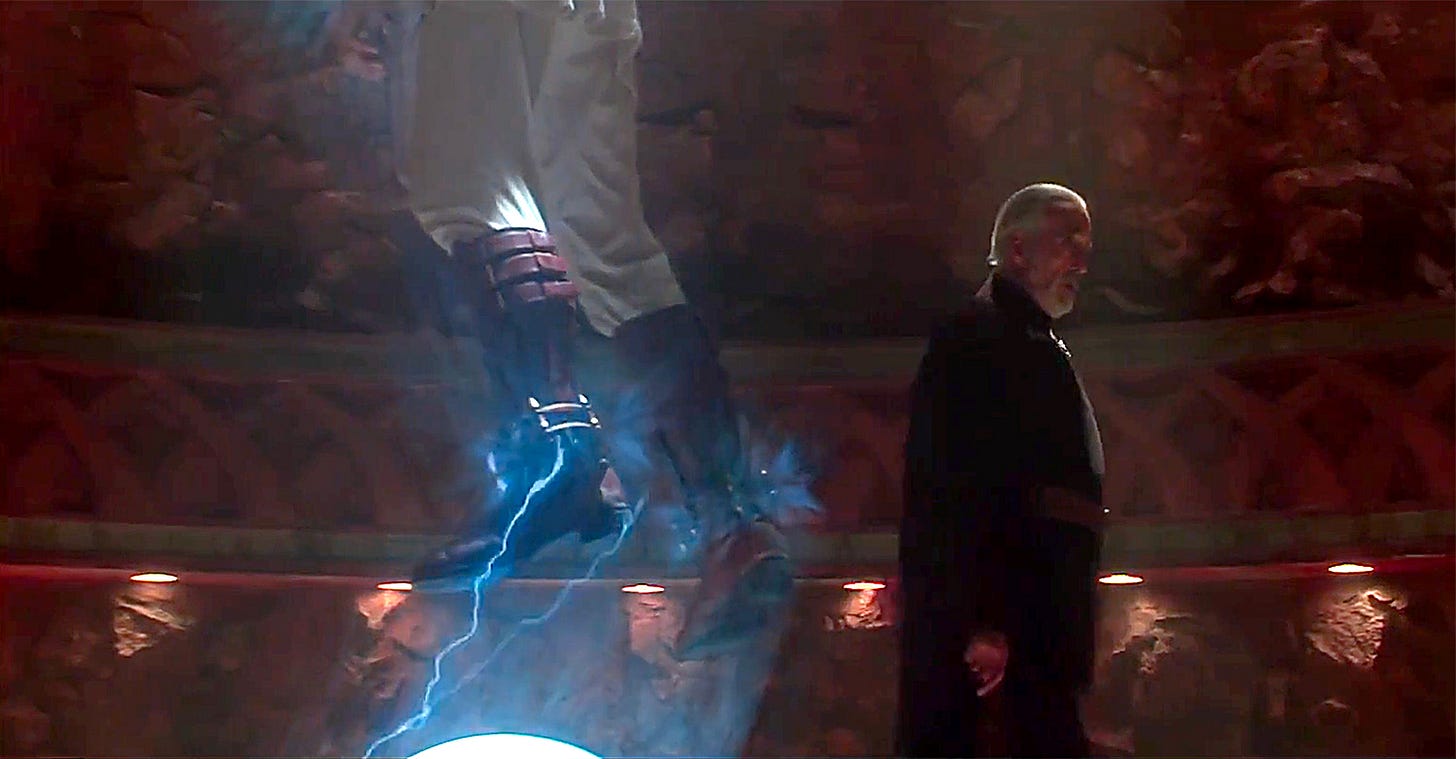
His Holiness.
“All ages can testify enough how profitable that fable of Christ hath ben to us and our company.”15 – Pope Leo X (1475-521).
The word Augustus is not a name but a title, and it means the August One, which is equivalent to His Holiness, or the Sacred One, or the Venerable One16 – this is the same title used by the Pope, Bishop of Rome, Pontifex Maximus.
“When the empire was established the Pontifex Maximus of Rome became superior also to the Roman priests in the provinces, and especially in the colonies and municipal towns. His authority from what might be called a bishop of Rome changed into that of a bishop of bishops, or pope, and we can here clearly understand how the religious rites and institutions of pagan Rome prepared the way for the superiority of Christian Rome.”17
At some point during the aftermath of the holy wars, the College of Pontiffs which constituted the old body of the ancient Roman state religion, rose to new life in the shape of the papacy, while the primordial idea of a god-man, a saviour, a prince of peace, expressed throughout the empire in the form of the worship of Augustus, was repurposed as the personage Jesus Christ.
The monkish accounts of the origins of Christianity do not agree with the evidence; they violate probability and insult common sense. But still today, the defenders of Christianity and orthodox history are unwavering and numerous. Del Mar highlights the monumental task which awaits those few who object to their claims.
“Even after these subjects are rightly determined, the hierarchical version of Roman history will be found protected by formidable defences. Not merely literature, but the fine arts have been largely employed in its support. Painting, sculpture, the drama, music, and architecture, all sprang up within the sacerdotal enclosure and in a certain sense they all belong to it still. The medieval and modern works of art which perpetuate the ecclesiastical myths of antiquity are to be numbered by the million and are scattered broadcast; those which refute them are few and but little known.”18
To add to its military conquest, Rome sought to capture the hearts and minds of its subjects, extending from the east to the west, and it did so, not by the sword, but the pen. The physical empire may have collapsed long ago, but the Eternal City endures, until such time as its ‘ideas’ are overthrown.
Paul Carus, The Religion of Ancient Gaul and Caesar Worship, The Open Court, Vol. 1910: Issue 12, Article 3 p.724.
Alexander Del Mar, The Middle Ages Revisited, 1900 p.14.
Ibid, p.1.
Ibid, p.3.
Luke 20:25, King James Version.
Alexander Del Mar, The Middle Ages Revisited, 1900 p.1.
Ibid, p.38.
Ibid, p.40.
Paul Carus, The Religion of Ancient Gaul and Caesar Worship, The Open Court, Vol. 1910: Issue 12, Article 3 p.726.
Edwin Johnson, The Rise of Christendom, 1890 p.30.
Alexander Del Mar, The Middle Ages Revisited, 1900 p.40.
Paul Carus, The Religion of Ancient Gaul and Caesar Worship, The Open Court, Vol. 1910: Issue 12, Article 3 p.736-737.
Paul Carus, The Religion of Ancient Gaul and Caesar Worship, The Open Court, Vol. 1910: Issue 12, Article 3 p.740.
Ibid, p.724.
Alexander Del Mar, The Middle Ages Revisited, 1900 p.x.

Like minds think alike. The power and cleverness of the manipulation of ideas; today called propaganda, disinformation, misinformation and outright lies, is the history of mankind.
Ideas can entice humans to do any number of acts. With thousands of years of beating and drumming into our existence a history of ideas no one really knows the origins of, we are apt to believe anything, just to stop the assault on our mind and body.
Great work! I have the book by Del Mar. You did a fabulous job of laying out your working thesis. Au is how gold is represented on the elemental table. A side note: it's interesting that the Cult of Mithras is recorded as early as 600 BC ( part of the Zoroastrian religion) till after the Roman Republic "fell". Then, supposedly it just disappeared before the "holy" empire appeared. It's still very much alive but in the occult form. Their symbolism: slaying the bull....fire. The Statue of Liberty looks a bit Mithraic to me. That's another rabbit hole itself. Thanks for writing this piece. Great series.